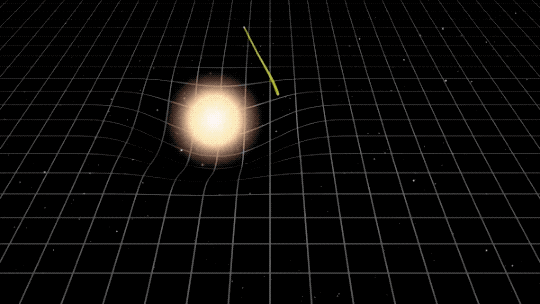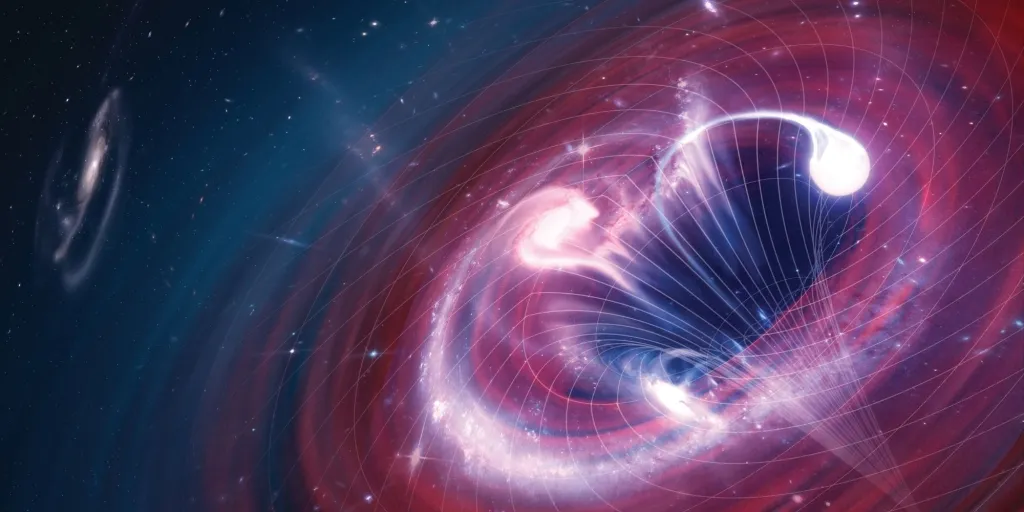There’s always light at the end of the tunnel?
TL;DR
For the first time, astronomers have observed light coming from behind a black hole, validating a key prediction of Einstein’s theory of general relativity. By studying a supermassive black hole 800 million light-years away, scientists detected X-ray flares from its corona and unexpected “luminous echoes”—flashes bent by the black hole’s intense gravitational pull. This bending of light allows us to see regions previously thought invisible. The discovery highlights the powerful effects of gravity around black holes and demonstrates the magnetic field dynamics that Einstein’s theory predicted decades ago, finally observable with current technology.
________________________
For the first time, astronomers have observed light coming from behind a black hole deep in space.
They detected bright X-ray flares emerging from a supermassive black hole at the center of a galaxy located 800 million light-years away, which is a common occurrence.
Scientists were examining a feature called the corona, but the telescopes also detected unexpected “luminous echoes.” These additional flashes were smaller, appeared later, and were of different colors compared to the initial bright flares.

NASA, ESA, and Goddard Space Flight Center/K. Jackson
This discovery validates Albert Einstein’s theory of general relativity, as the intense gravitational pull of black holes bends light around them, allowing scientists to observe the region behind a black hole for the first time.
Roger Blandford, a co-author of the study published in Nature, stated: “Fifty years ago, when astrophysicists started to speculate how the magnetic field might behave close to a black hole, they had no idea that one day we might have the techniques to observe this directly and see Einstein’s general theory of relativity in action.”
Dan Wilkins, an astrophysicist from Stanford University, explained: “Any light that goes into that black hole doesn’t come out, so we shouldn’t be able to see anything that’s behind the black hole.
“The reason we can see that is because that black hole is warping space, bending light and twisting magnetic fields around itself.”





Is this just an extreme example of gravitational lensing, or is there a different effect at work here?
Multiple universes. Beyond the singularity when our universe started is a black hole. Every black hole we observe is in my belief another universe, just in another dimension.
With the unimaginable concentrations of light, mass and energy within a black hole, this would create impossible conditions for our present human bodies or any exploratory spacecraft to withstand. Perhaps heaven will be located inside a place like this.
Must be the light getting sucked into the black hole from the other side!